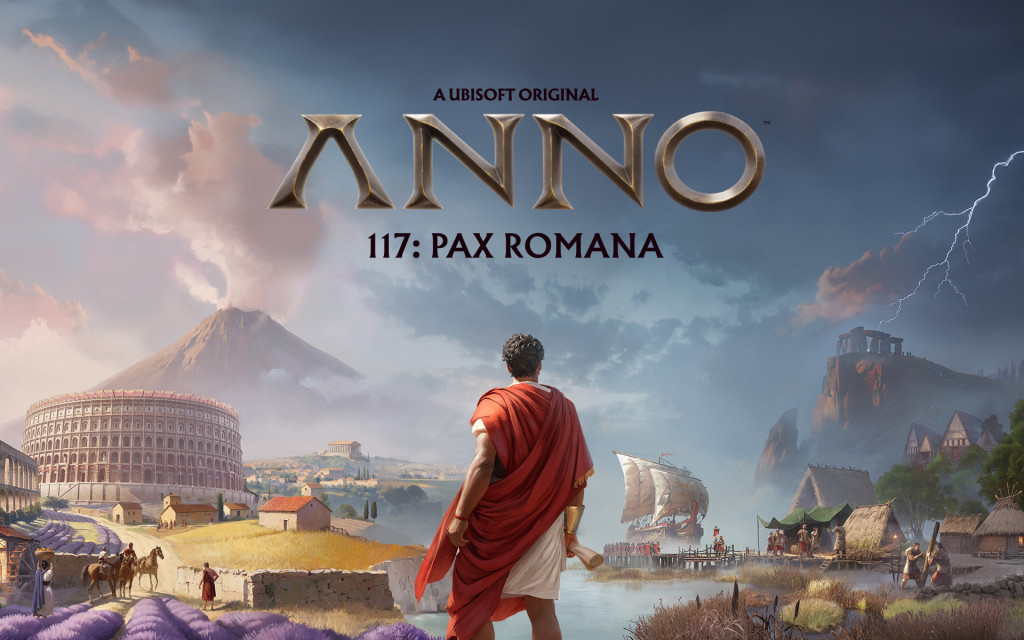
Every few years, the Anno series decides to take us somewhere new. We have built Renaissance trading hubs, industrial powerhouses, futuristic colonies in space, and deep-sea utopias. Anno 117: Pax Romana marks the first time the franchise marches back into ancient history and plants its eagle standard firmly in the Roman Empire.
It is a bold move. Ancient Rome is one of the most overused settings in gaming, yet somehow rarely done justice on a strategic, city-building scale. Frontier provinces, political intrigue, marble megastructures, legions marching across dusty plains, it is all ripe for the taking. The question is whether Pax Romana manages to feel like a true Anno game while embracing the grandeur and brutality of the Empire it portrays.
A Grand Strategy Worthy of an Emperor
The answer, thankfully, is a triumphant Ave. Rather than simply reskinning the traditional Anno formula, Pax Romana rebuilds its systems around Roman identity, economics powered by trade routes and taxation, a society divided by class and citizenship, engineering wonders worthy of emperors, and a constant tug of war between prosperity and unrest.
Let us explore what this new entry brings to the imperial banquet table.
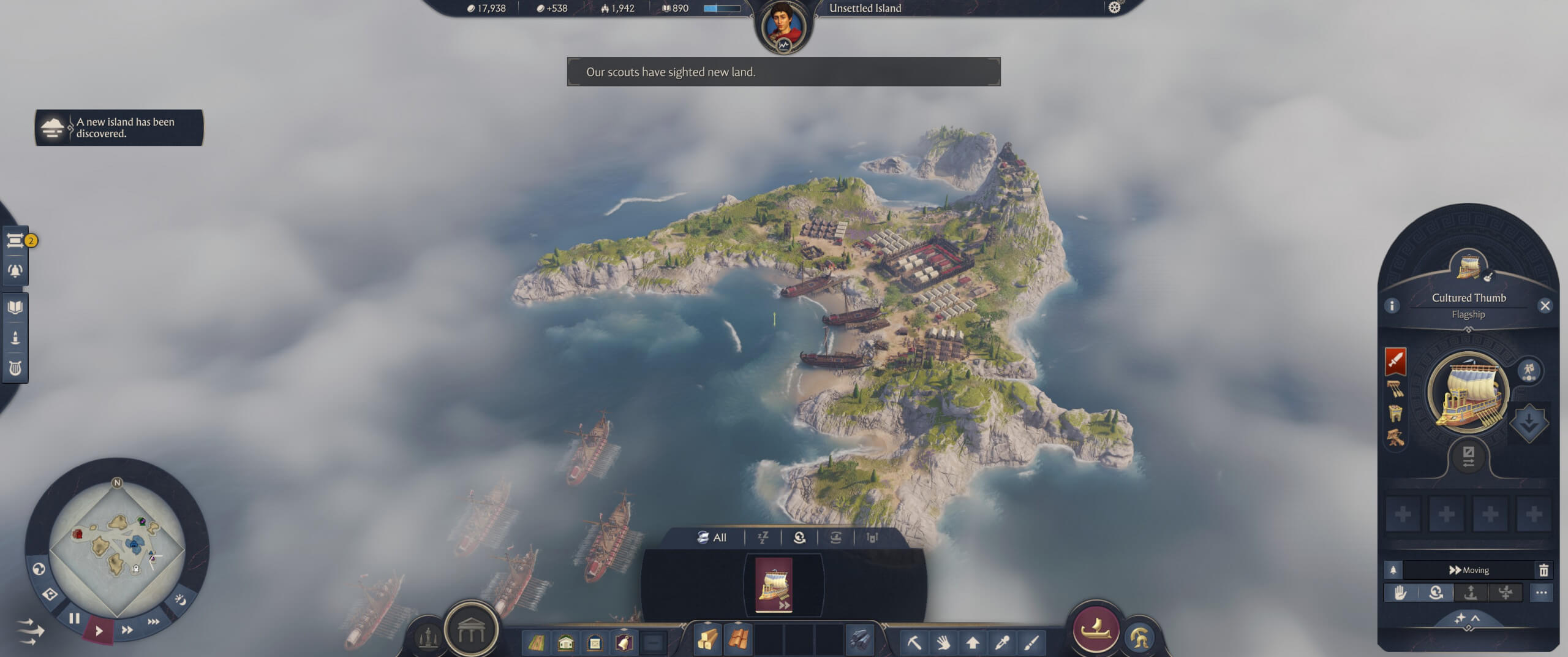
Gameplay
At its core, Anno 117: Pax Romana stays true to the franchise’s golden formula: build cities, balance resources, expand trade, and watch your society evolve from simple settlements into sprawling, vibrant hubs of civilisation. But this time, the flavour of that formula is unquestionably Roman. The main modes are the campaign story and Endless (Sandbox). Both can be played solo or co-op/multiplayer online, similar to previous titles. I totally recommend hitting the story first, as there is much to learn.
For example, when playing in Latium, the classic Anno population tiers have been replaced by a distinctly Roman hierarchy:
- Liberti, starting population tier with basic demands.
- Plebeians, your working-class foundation.
- Equites, educated middle-class artisans.
- Patricians, wealthy elites seeking luxury and influence.

Class Ranks
Each class comes with its own needs, demands, and temperamental streaks. Liberti want food and shelter. Plebians want better food and clothing as well as other demands. Equites expect clean water, trained artisans, and entertainment. Patricians demand imported delicacies and aqueduct-lined boulevards. If you begin to fail in any area of requirements, they will all cause trouble.
Managing these social tensions adds a wonderful new layer of strategy. Keep the plebs fed or face riots. Ignore the patricians and watch your trade guilds falter. Displease the senators and you might suddenly find your city slashed with unfair laws or punitive taxes. It is the Anno citizen satisfaction loop, but with far more personality.
For the first time in a mainline Anno title, military mechanics feel meaningful rather than decorative. You are not waging epic conquests, but you are expected to defend your lands, pacify rebellious regions, and protect trade routes from pirates and enemy tribes.
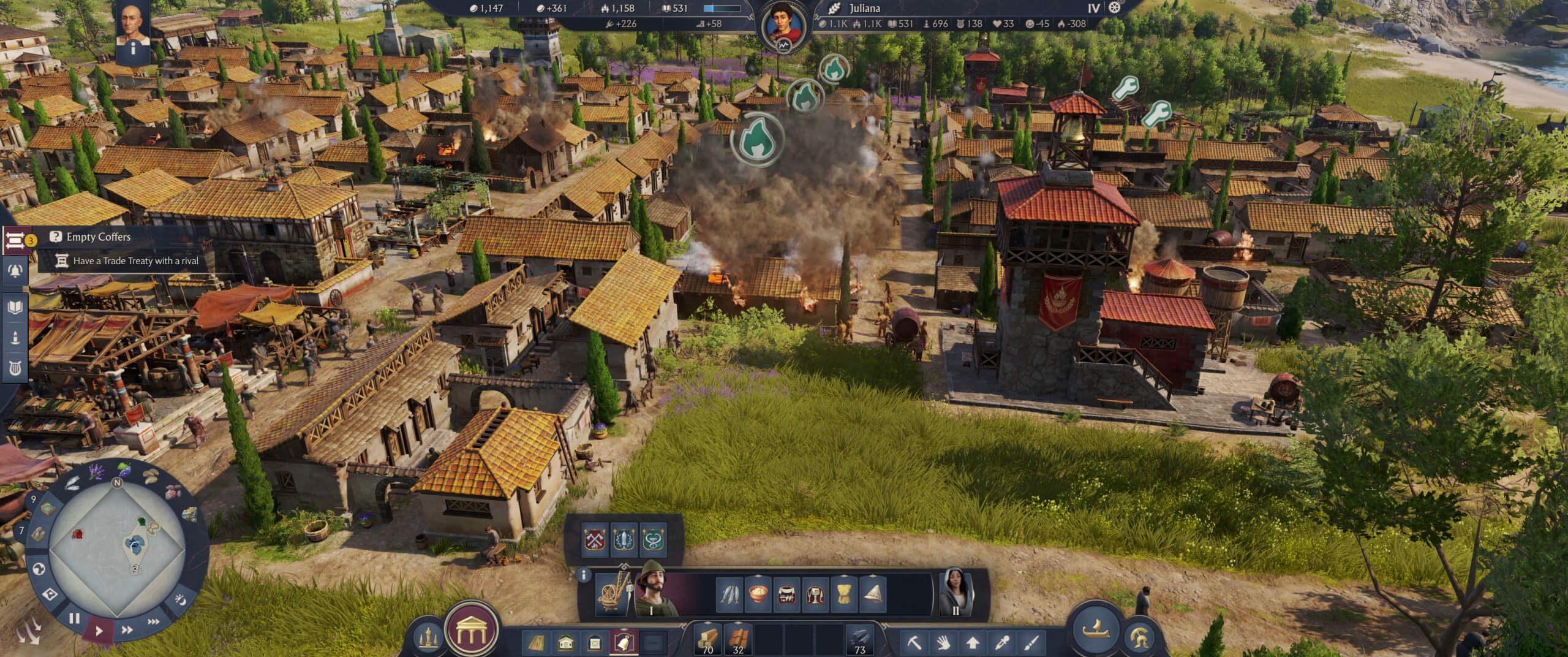
Legions
Legions function similarly to fleets in past games, they are strategic tools rather than battlefield micromanagement units. Deploy them to secure borders, escort shipments, or impose order on an unruly province. The military system does not overshadow the economy, but it beautifully complements it.
Instead of futuristic flight routes or Renaissance shipping lanes, Pax Romana embraces the iconic Roman road and maritime network. You will establish land-based caravans, Mediterranean trade routes, and river barges gliding through freshly conquered provinces.
What makes trade uniquely compelling here is the taxation and citizenship system. Taxes rise depending on citizen status, but higher taxation increases unrest. It is a delicate dance, brilliant at simulating how Rome actually worked and rewarding tight economic balancing.
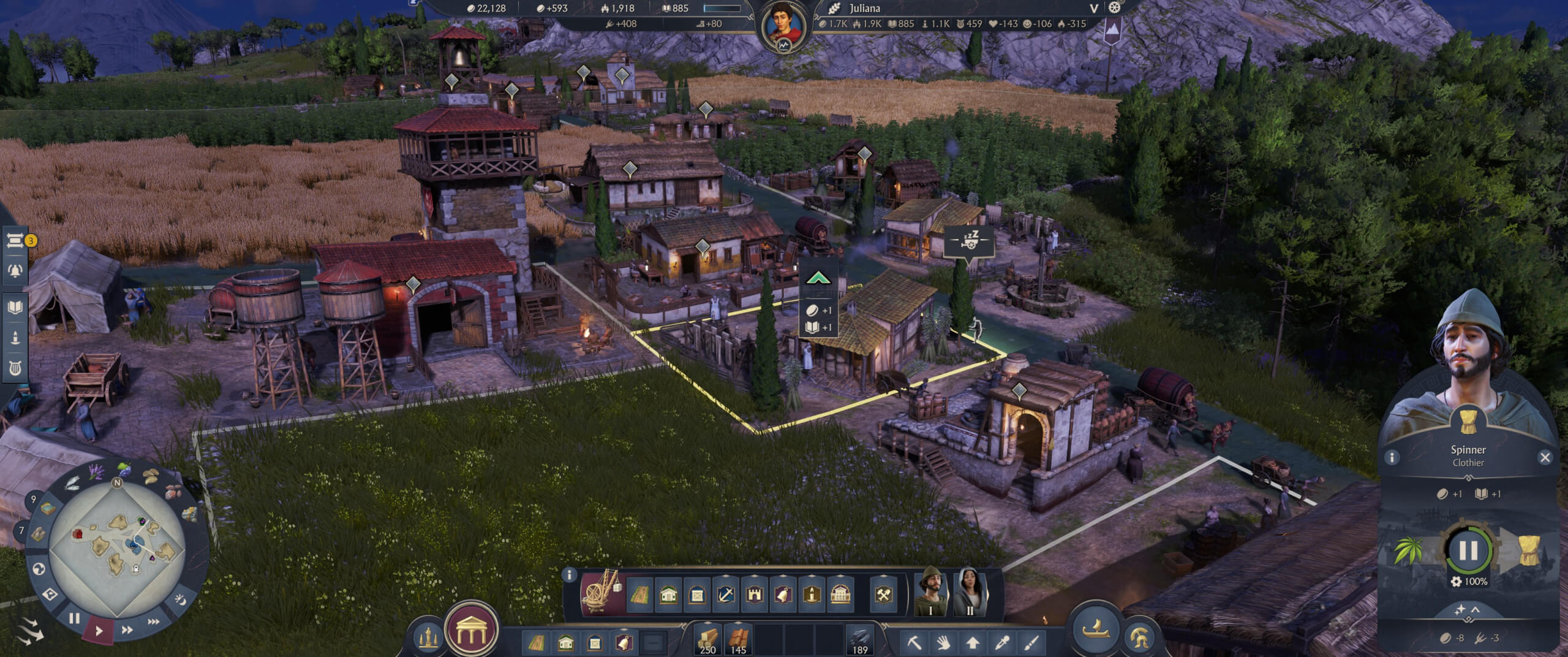
The genius of Pax Romana lies in how thoroughly Roman its systems feel. Everything, from class dynamics, to resource chains, to expansion, is grounded in history but styled for playability. It is as if the series finally found a historical setting where its economic and societal mechanics fit perfectly.
Getting the balance correct when playing, however, is far from easy. While the Latium region has vibrant and lush lands to grow on, Albion, which is Britain during its Celtic era, is a whole new level of difficulty, bringing harsher climates, geography and challenges to conquer. Can you rise within the ranks and master all of the lands?
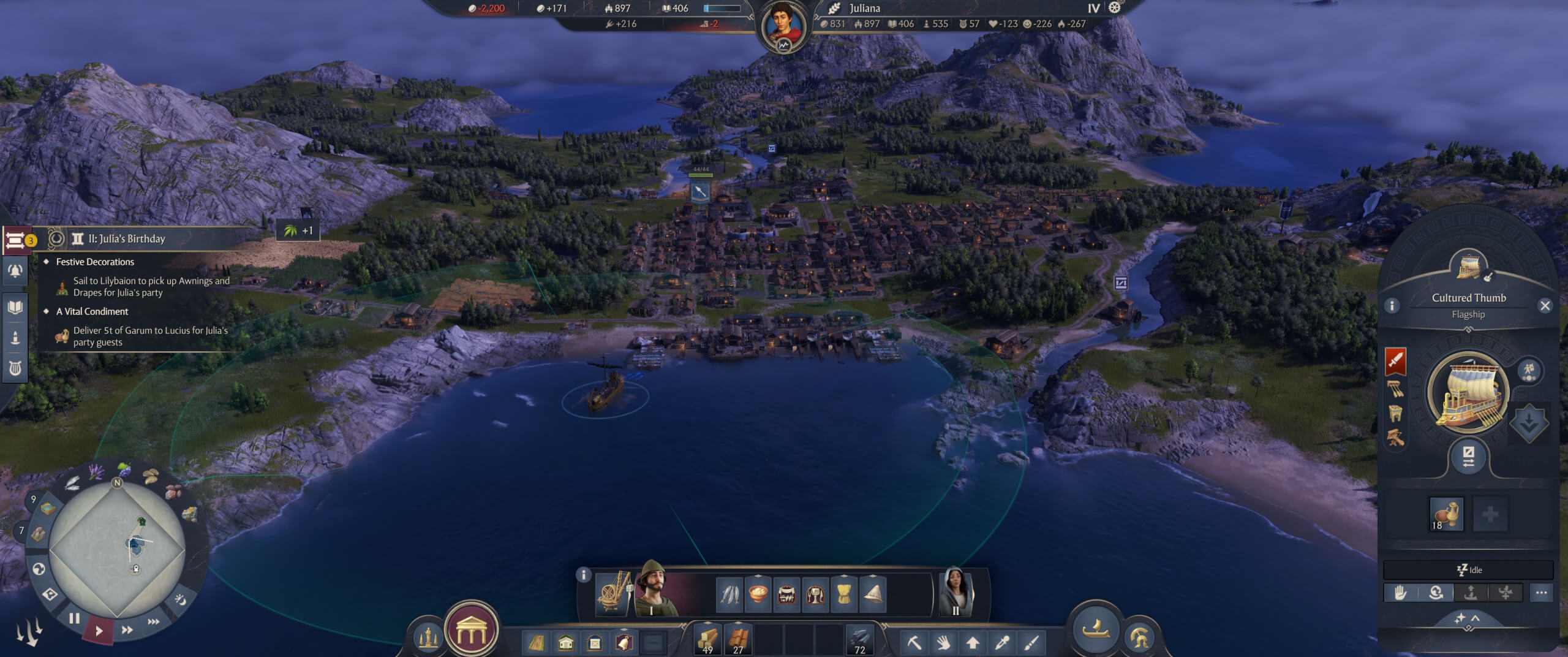
Graphics & Audio
Pax Romana is a visual feast, the kind that makes you zoom in just to admire tiny details, plebs haggling in crowded markets, toga-clad nobles relaxing on balconies, legionaries drilling outside the walls, and children chasing chickens across sunlit courtyards. The game balances epic scale with meticulous detail in a way only Anno can.
Cities evolve as you advance through tiers. Mud brick plebeian huts give way to tiled rooftops, then ornate villas framed by cypress trees and marble statues. Streets bustle with vendors, musicians, animals, and guards. Smoke pours from bakeries. Torches glow along nighttime roads.
The landscapes beyond the city are equally stunning. Within the Latium region, there are rolling Mediterranean hills, arid frontier zones, and fertile river valleys waiting for settlement. In contrast, Albion is a bleak, mist-shrouded, swampy, hostile land where you feel cold and wet just staring at the screen.
The audio direction is superb. Music blends ancient instruments with sweeping orchestral themes. Ambient sound brings cities alive with chatter, hammering, carts, and fountains. The voice acting adds charm and personality, from senators to street vendors, creating an atmosphere that feels authentically Roman without drifting into parody.
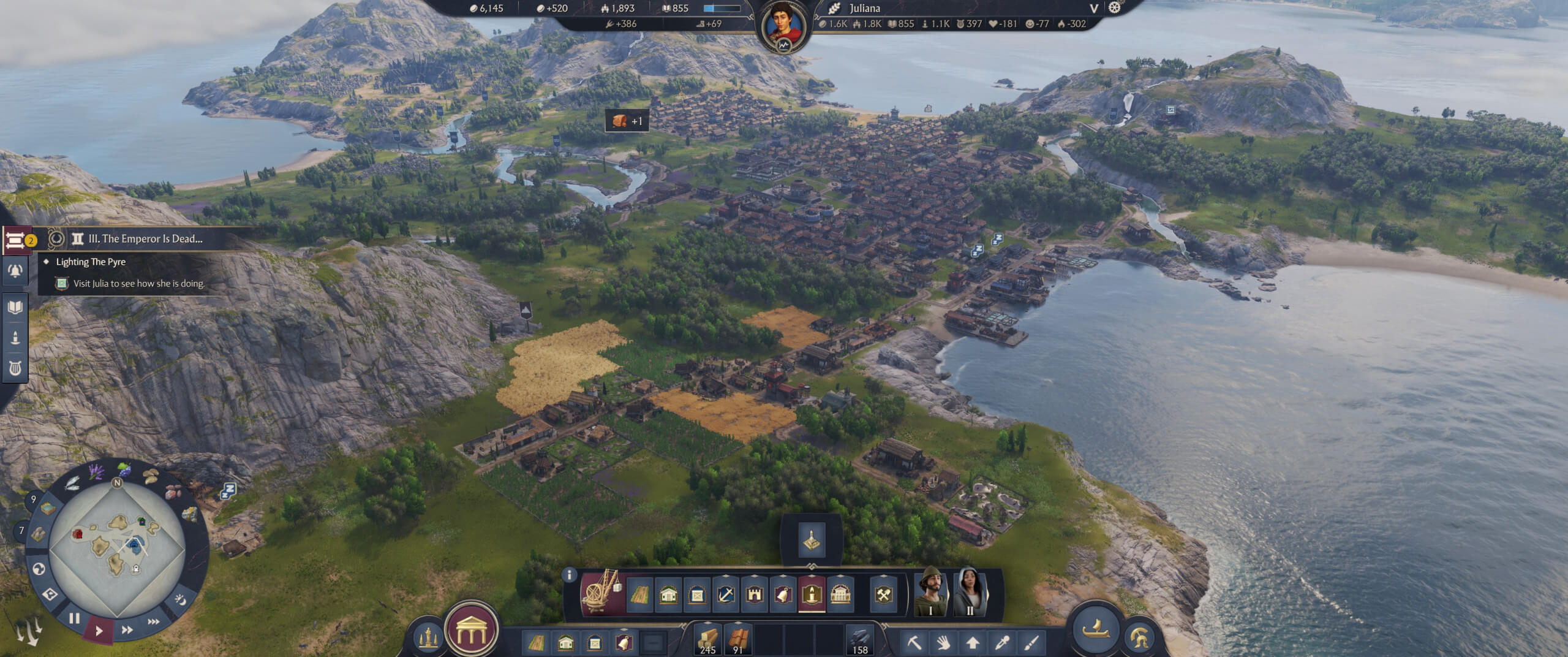
Longevity
If there is one constant in the Anno franchise, it is replayability, and Pax Romana may be the most enduring entry yet.
The campaign spans various regions of the Roman world, from the Italian core to distant provinces. Each introduces new mechanics, new pressures, and fresh political complications.
After the campaign, sandbox mode offers limitless combinations:
- Different starting classes
- Variable resource spreads
- Regional hazards
- Changing senatorial politics
No two playthroughs feel alike. Riots, sabotage, frontier attacks, senatorial ultimatums, these keep long games from settling into predictable patterns. You are never truly safe. If the community embraces Pax Romana as strongly as previous Anno titles, its lifespan could stretch for years.
There is a Year 1 Pass available for Pax Romana that will pack in three big expansions and a handful of stylish cosmetics to spice up your empire. Prophecies of Ash sends you to a volcano prone to dramatic eruptions, complete with a new deity to keep calm. The Hippodrome turns your city into a festival of chariot races and cheering crowds, adding fresh specialists and flair. Dawn of the Delta transports you to an Egyptian province with new cultures, units, and fertile lands to command. Extra ornaments and a sleek flagship skin round off the pass, making your realm look truly imperial. These are all set to be released during 2026.
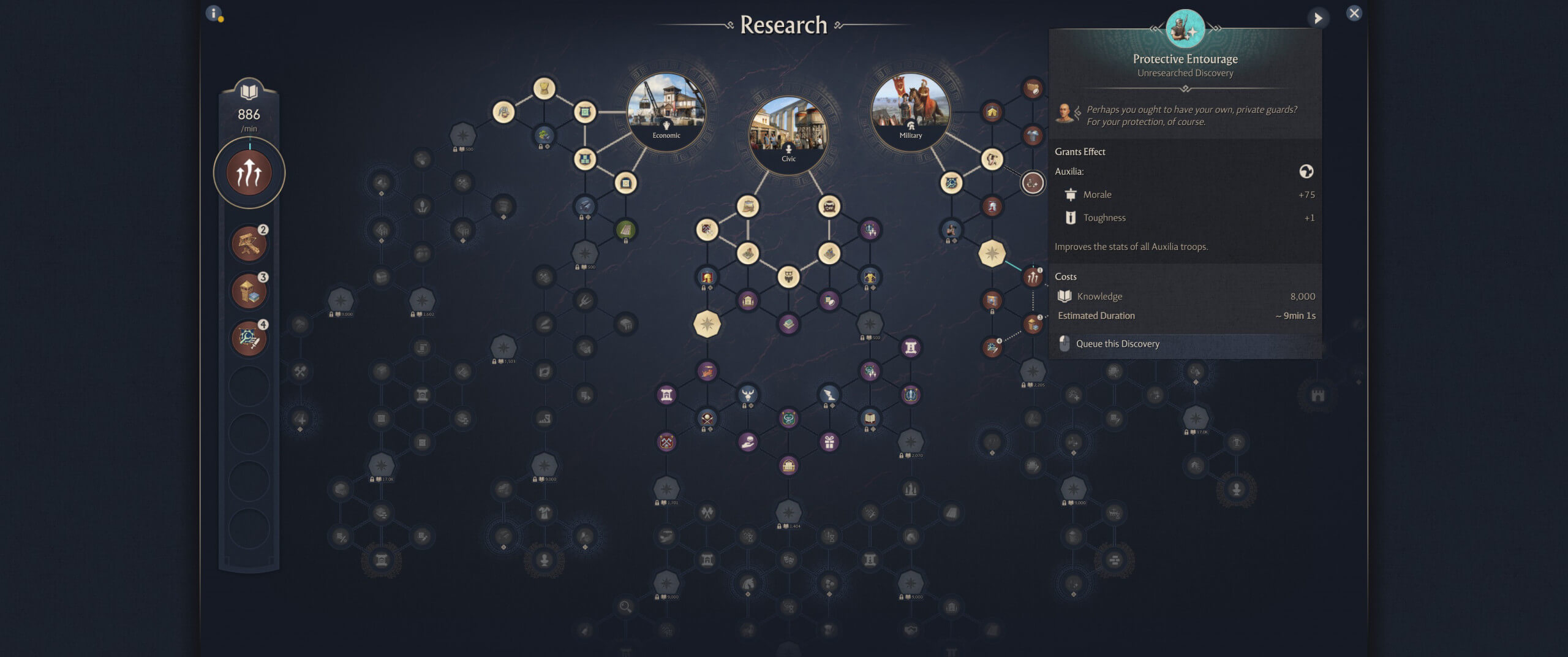
Final Thoughts
Anno 117: Pax Romana is not just another entry in the franchise; it is one of the strongest. The Roman setting harmonises perfectly with Anno’s economic, social, and architectural systems. The citizen hierarchy is engaging, the economy is rich, the military layer is meaningful, and the cities are simply breathtaking to watch.
It has occasional difficulty spikes and some busy interface moments, but these minor flaws are easily overshadowed by its brilliance.
Whether you are a long-time Anno fan or simply someone who wants to build marble cities, raise legions, and shout “For Rome!” at your monitor, Pax Romana is a triumph worthy of an emperor’s laurel crown.
I award Anno 117: Pax Romana the prestigious Platinum Thumb Culture Award!

Disclaimer: A code was received in order to write this review.

YouTube | Facebook | Twitter | Instagram | Discord | Podcast
